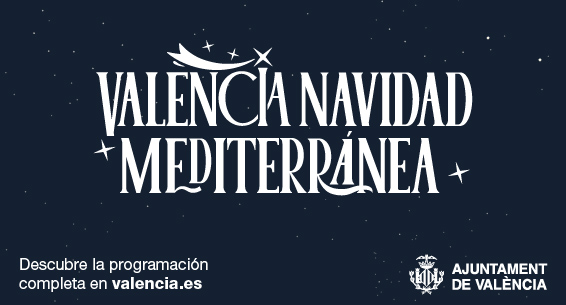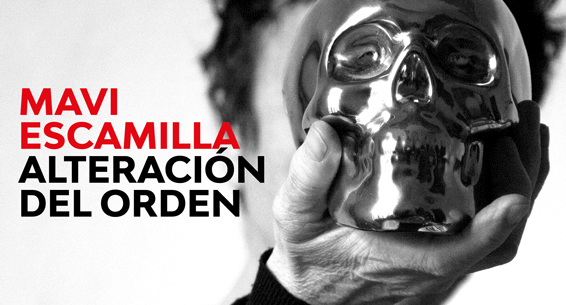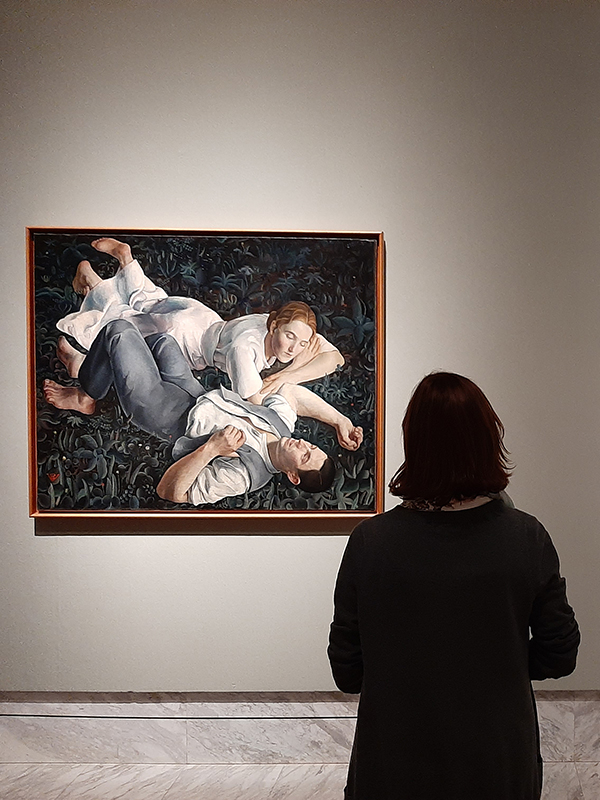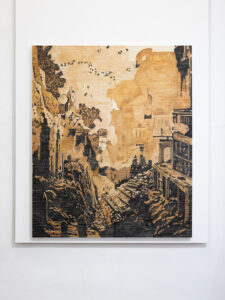UNTIL SUNDAY 16/2
M. BB.AA. Saint Pius V, 9
Rosario de Velasco was one of the great Spanish artists of the first half of the twentieth century.. Generation companion of another great forgotten, Maruja Mallo, It also deserves to be valued, and that is where the Museum of Fine Arts of Valencia and the Madrid one are Thyssen-Bornemisza, who are putting together this exhibition focused on his illustrations and paintings from the years 20-40. Both, Mallo and Velasco, They belong to the effervescent generation of 27, that Silver Age of Spanish culture so studied when it comes to men. “It's been something I've been looking for all my life.: do not paint a woman. If not, it could be confused with that of painters because it is true art.”. These are the words of a Velasco determined to prevent her work from being relegated to “women's art.”. One of the ways she found was to work in much larger formats than those used by women of her time., small, delicate, “feminine”. Admirer of great masters of painting such as Velázquez or Durer, He placed his work at the artistic forefront and achieved the milestone of winning the second medal at the Fine Arts exhibition of 1932. But the civil war cut short his aspirations., the glass ceiling turned into reinforced concrete.
During the 1930s there was a renewal of Spanish figurative painting., influenced by European modern movements. Moved by the new German objectivity and Italian noucentisme, The Spaniards revisited classicism and began to search for a realistic representation of the world. Velasco had a classical training and benefited from this return to order that looked back to tradition. Being classic from modernity, achieved public notoriety and critical recognition, hence his work became a claim to Spanish art.. This exhibition that now arrives in Valencia after passing through Madrid has located work by the artist that was lost in private collections or from which, directly, there was no evidence. For example, Gypsies o Maternity. Next to them hang paintings preserved in large museums, like his famous Adam and Eve (1932) of the Reina Sofía or Carnaval (anterior a 1936) of the Pompidou, and works kept in the artist's family, For example, The flag. And it is that, one of the curators of the exhibition, Toya Wiudes de Velasco, She is the artist's grandniece, and he was amazed to discover how much more than “Aunt Rosario” this woman was.. AU
















